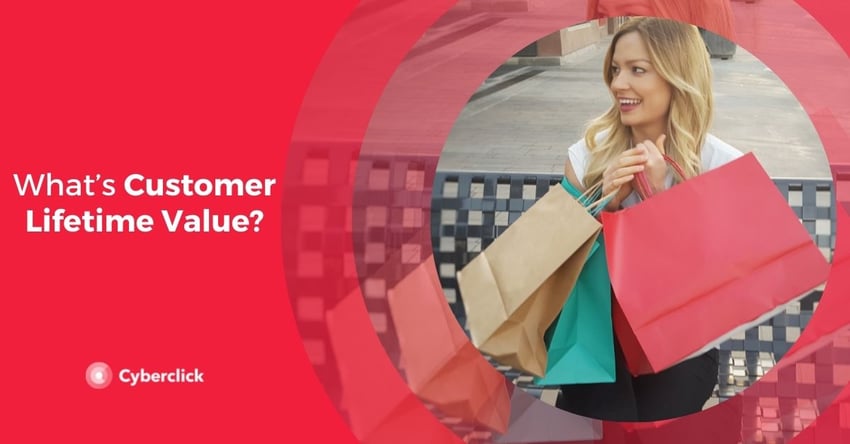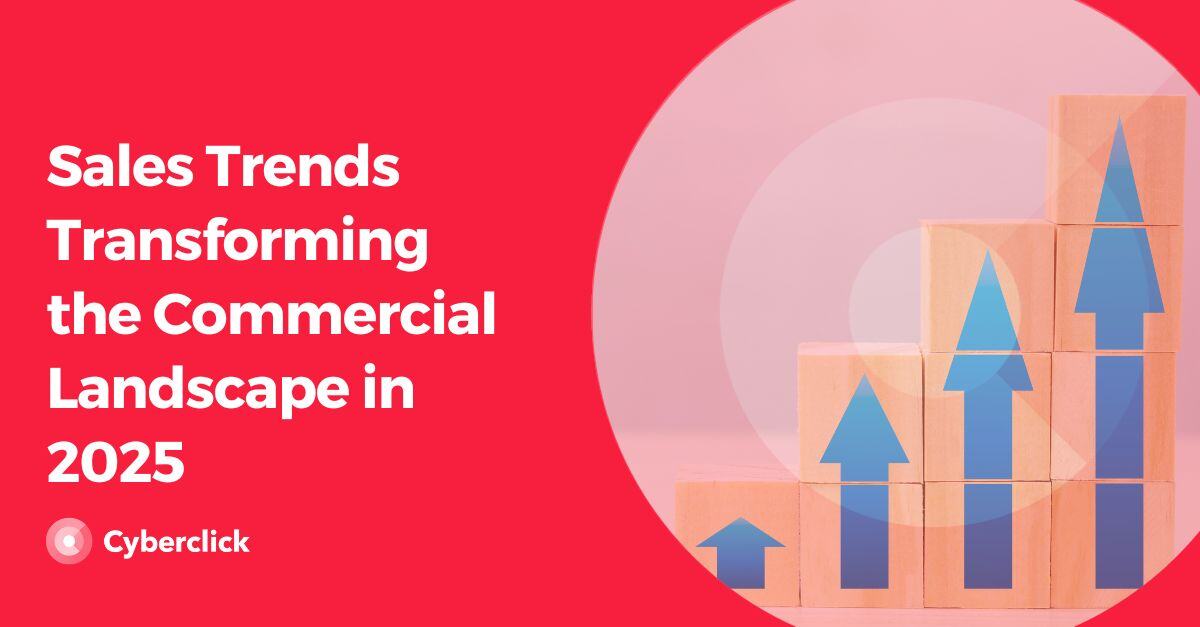Customer Lifetime Value (CLV) is a key marketing metric used to measure how valuable a customer is to your company. Rather than focusing on individual transactions, CLV aims to track the entire customer journey with your brand. This enables you to make better-informed marketing and sales decisions and understand the long-term profitability of your business.
In this post we will answer the question “What is Customer Lifetime Value” and share two essential Customer Lifetime Value models and calculations. We will also look at a few reasons why CLV is important for your business and discuss some of the benefits of regularly calculating and tracking the lifetime value of your customers.

What Is Customer Lifetime Value?
Let’s start with the most important question: what is Customer Lifetime Value?
Customer Lifetime Value (CLV) is all about the value you get from your customer relationships. It takes into account every stage in the customer journey and depends on factors like customer satisfaction and the customer experience. It’s an important metric to track as it’s much cheaper to keep existing customers rather than rely exclusively on new ones. It can therefore be a great way to drive growth in your business.
Similar to other key metrics like the Net Promoter Score (NPS), and CSAT, that measures customer satisfaction, the CLV offers additional insights as it relates more to revenue and profit. In other words, it’s a method for quantifying the value of a customer in terms of how much you expect them to spend on your brand throughout the course of their relationship with you. You can then use this data to design strategies and calculate how much you are willing to invest in nurturing each existing customer.
Customer Lifetime Value Models
There are two models for measuring Customer Lifetime Value. The first looks at a customer’s historic value: how much profit and/or revenue you can directly attribute to them. The second is used to predict the value that a customer will continue to provide for the remainder of their relationship with your brand.
Let’s take a look at both these models before discussing the formulas for each one.
Historic Customer Lifetime Value
The historic Customer Lifetime Value measures the value of all past purchases made by an individual customer. It does not take into account any future value they might offer. This formula can be used to establish how much profit/revenue you can attribute to specific customers.
This model can be helpful if most of your customers only tend to interact with you a limited number of times. For example, if you are an estate agency, you are unlikely to have regular repeat customers as most people will make a limited number of purchases of this type throughout their lifetime.
The drawback to this model is that determining the value of a customer on an individual basis can often be complex (at what point to you deem a customer active/inactive?) so it tends to be better suited to customer groups rather than individuals.
Predictive Customer Lifetime Value
The more commonly used model is the predictive Customer Lifetime Value model which focuses on the potential behaviour of customers. With this model, a formula is used to forecast how much value an individual customer is likely to provide your company for the duration of their relationship with you.
This model relies on transaction history and behavioural patterns to forecast how a customer’s value will evolve over time. It can help you identify which customers are likely to provide the most value through each touchpoint so that you can determine how much you should be investing to retain the relationship.
Now let’s take a look at which formulas you can use to measure each CLV model, and which valuable data metrics you will need to effectively calculate both historic and predictive lifetime value.
Customer Lifetime Value Calculation
For both calculations, you will first need to decide if you will be measuring a customer’s value against total average profit or total average revenue. Both are valuable metrics that provide insight into how customers interact with your business.
The simplest formula for measuring historic CLV is:
Customer revenue per year x Duration of the relationship in years – Total costs of acquiring and serving the customer
For example, if you have a customer who has spent $1,000 over the past 2 years, and it cost you $100 to acquire them, then you would calculate their historic Customer Lifetime Value as follows:
$500 x 2 [years] - $100 = $900 historic CLV
The simplest formula for measuring predictive CLV is:
Average value of a purchase x number of times the customer will buy each year x average length of the customer relationship (in years)
For example, if you have a customer (customer A) who makes a purchase from your website 4 times per year (and has done for the past 10 years), and each purchase has an average value of $100, then you would calculate their predictive Customer Lifetime Value as follows:
$100 x 4 x 10 [years] = $4000 predictive CLV
In contrast, if you have a customer (customer B) who makes a purchase from your website 2 times per year (and has done for the past 2 years), and each purchase has an average value of $50, then you would calculate their predictive Customer Lifetime Value as follows:
$50 x 2 x 2 [years] = $200 predictive CLV
You can then safely predict from these figures that building a relationship with customer A is far more likely to have a better ROI.
Why Customer Lifetime Value Is Important
Now that we’ve addressed the question “What is Customer Lifetime Value” and we’ve looked at how both metrics can be calculated, let’s finish by looking at some of the benefits or regularly calculating and tracking your CLV:
- Measuring Customer Lifetime Value can help you design specific strategies for pricing, sales, advertising and customer retention.
- Predictive CLV can help you establish future budgets for inventory, staffing, production capacity and other costs.
- It can help you improve customer retention and avoid customer attrition. You can also identify which customers provide the most value, so you know who to focus on.
- Understanding CLV can help you drive repeat sales and build a loyal customer base.
- Overall, a higher CLV should lead to bigger profits. By focusing on customer retention and improving the customer experience, your Customer Lifetime Value should continue to increase and have a continued positive impact on the bottom line of your business.
AI-Driven Business Digital Strategy Consultant en Cyberclick. Experta en ecommerce, experiencia de usuario (UX), inbound marketing y estrategias de CRO orientadas a maximizar las conversiones. Acompaña a las empresas en la integración de la IA en su negocio y en la toma de decisiones digitales para impulsar crecimiento y eficiencia.
AI-Driven Business Digital Strategy Consultant at Cyberclick. Expert in ecommerce, user experience (UX), inbound marketing and CRO strategies focused on maximising conversions. She helps companies integrate AI into their business and make better digital decisions to drive growth and efficiency.






Leave your comment and join the conversation